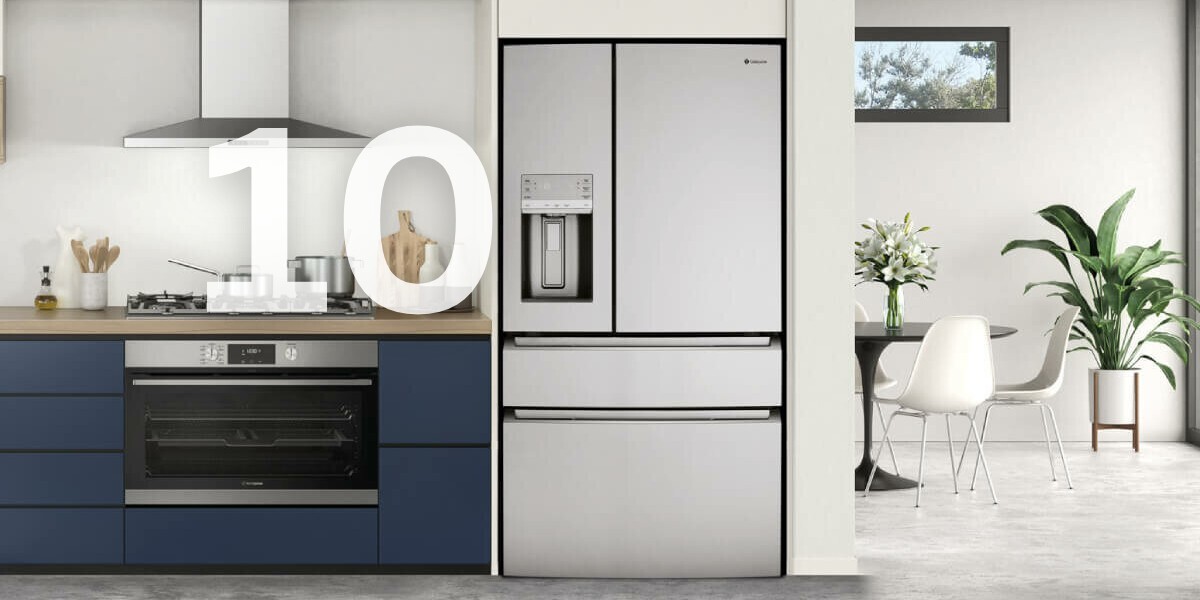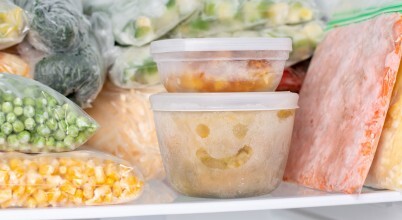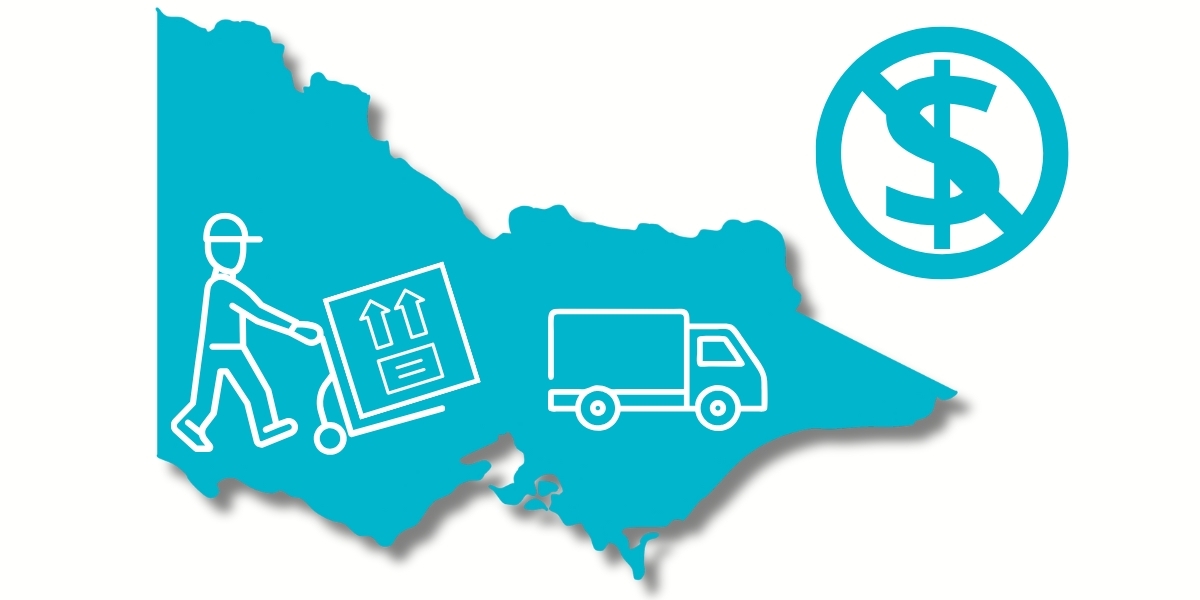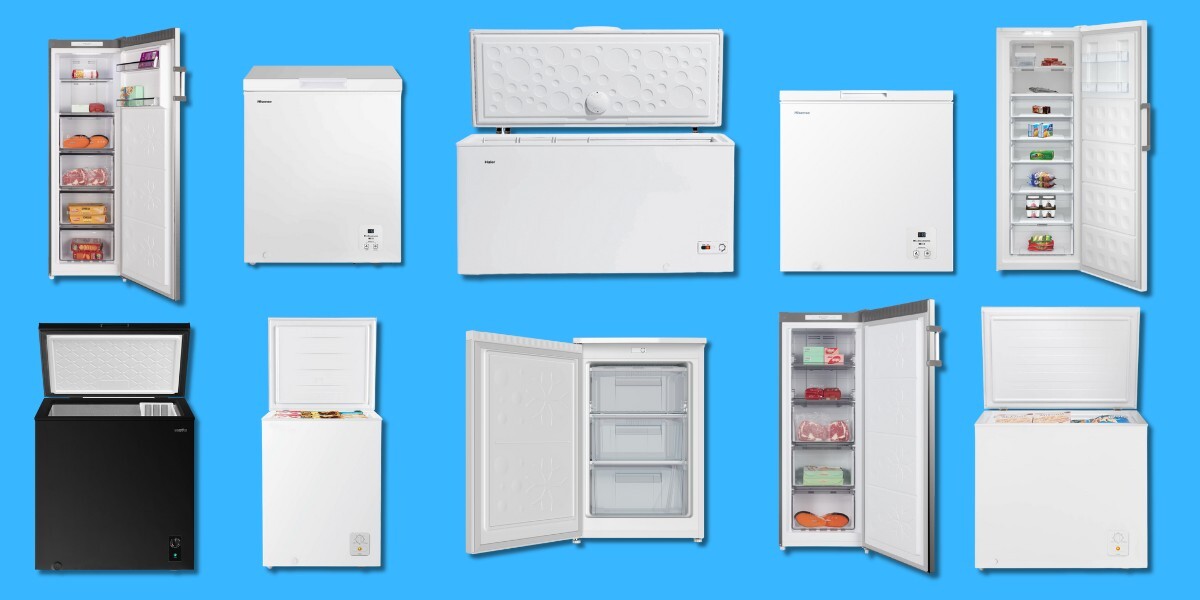
Home Living+
Tips and suggestions for happy home living, from furniture and bedding to cleaning and more.
HOME LIVING+ | 26 MARCH, 2025
7 MIN READ
The hidden fire hazard in your rubbish bin
Why you need to dispose of lithium-ion batteries safely.
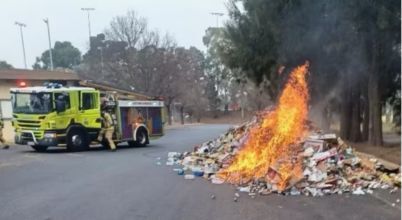
A fire in Canberra caused by lithium-ion batteries. Image courtesy Veolia
Have you ever thrown away an old electronic kids’ toy, electric toothbrush or smoke alarm? Probably. But did you carefully remove the batteries from them first? Maybe not.
Batteries of one type or another feature in much of our lives, from phones and laptops to power tools, e-bikes and vapes. But when these products reach the end of their lives, too many old batteries end up in household waste, recycling bins or discarded devices left out for kerbside council clean-up. While this may seem harmless - after all, how dangerous can they be when they're in everyday items like toothbrushes and toys? - it’s actually a growing and serious problem.
The waste management and recycling industry in Australia is now battling up to 12,000 fires a year caused by discarded lithium-ion batteries. These batteries, found in many modern electronics, can explode or ignite when damaged, crushed, or exposed to heat. Fires at waste collection sites, transfer stations, recycling facilities and inside garbage trucks are becoming more frequent, posing a serious risk to workers and local communities.
Recognising the urgency of this issue, the NSW Government has been the first State or Territory government to announce new battery regulations set to take effect in 2025. These reforms will make it mandatory for battery manufacturers and importers to participate in safe disposal and product stewardship schemes, ensuring that batteries are managed responsibly throughout their lifecycle.
As NSW Environment Minister Penny Sharpe stated in late 2024, “Batteries power our modern lives, but when they’re thrown in the garbage bin or not disposed of correctly, they become ticking time bombs. Properly handling batteries isn’t just good for the environment – it’s critical for the safety of the community, firefighters, and workers throughout the waste and recycling industry.”
So, what can you do to help solve this problem? The good news is that safe disposal of household batteries is free and simple once you know how.
Why lithium-ion batteries pose a major fire risk
Lithium-ion batteries store a lot of energy in a compact size, making them ideal for use in portable electronics. However, if they are damaged or disposed of incorrectly, they can short-circuit and overheat. In recycling centres and landfill sites, the pressure from compactors or exposure to moisture can trigger fires.
Unlike traditional single-use alkaline batteries like trusty old AA’s, lithium-ion batteries don’t just stop working when they’re flat - they remain chemically active, which is why they require special handling.
Battery fires have caused fatalities, injuries, and significant damage across Australia, with instances increasing significantly since the start of the decade. In NSW alone, Fire and Rescue NSW attended 275 battery-related incidents in 2024, including a fire in Lake Macquarie caused by an e-bike battery that tragically claimed two lives.
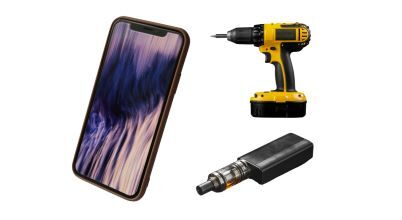
Which products use lithium-ion batteries?
Even a single discarded lithium-ion battery can spark a fire, so they should never go in your general waste or household recycling bin.
Lithium batteries come in all shapes and sizes and feature in a wide range of everyday items, including:
Mobile phones, laptops, and tablets
Power tools (cordless drills, saws, whipper snippers)
E-bikes and e-scooters
Vapes and e-cigarettes
Wireless headphones and speakers
Rechargeable vacuum cleaners and robotic vacs
Remote-controlled toys and drones
Car key fobs and cameras.
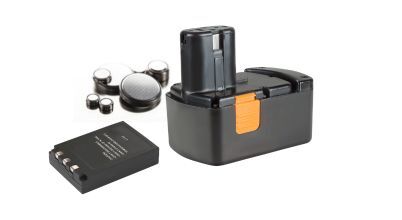
How to safely dispose of lithium-ion batteries in Australia
1. Remove batteries from devices where possible
Before disposing of an electronic device, check if the battery can be removed and recycled separately. Many laptops, power tools and children’s toys have removable lithium-ion batteries.
If the battery can’t be removed (as with many smartphones and vapes), take the entire device to an e-waste recycling facility.
2. Store used batteries safely before disposal
Most of us won’t make a special trip to a recycling drop-off for just one or two batteries, so it’s common to accumulate a small collection over time. Until you're ready to dispose of them, store your used batteries safely to minimise the risk of fires:
Place clear sticky tape over the battery terminals to prevent short-circuiting.
Keep them in a cool, dry place away from heat or flammable materials.
Store them in a non-metal container, such as a plastic tub or cardboard box.
3. Take batteries to a recycling drop-off point
Many Australian retailers and local council facilities offer free battery recycling programs for lithium-ion and other types of batteries. Some options include:
B-cycle, Australia’s official battery recycling scheme (see below)
E-waste drop-off points provided by local councils
Automotive stores for car batteries and lead acid batteries
EPA NSW and state-based programs for hazardous waste disposal
MobileMuster (for old phones and accessories)
Officeworks and Battery World
Bunnings (check your local store for battery recycling bins)
Aldi (accepts single-use batteries for recycling)
The 2025 legislation in NSW will require battery suppliers to contribute to safer and more accessible battery disposal via more collection points.
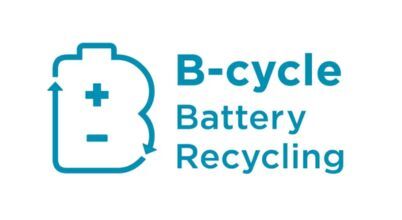
B-cycle: Australia’s battery recycling scheme
B-cycle is Australia’s official government-backed battery recycling scheme, designed to keep batteries out of landfill and recover valuable materials. The program, run by the Battery Stewardship Council and authorised by the ACCC, brings together retailers, manufacturers, councils, and the public to make it easy to recycle batteries. The scheme’s focus is on sustainability, but it has the additional benefit of fire risk reduction.
You can recycle the following commonly used batteries at B-cycle drop-off locations:
Standard size handheld batteries used to power household items including AA, AAA, C, D, 9V and 6V lantern
Button batteries used to power devices such as hearing aids, remote controls and watches
Standard size handheld rechargeable batteries of all chemistry types up to 5kg
Batteries that you can easily remove from products like power tools and digital cameras.
With 90% of Australia’s used batteries currently ending up in landfill, B-cycle provides drop-off points across the country, helping reduce hazardous waste and prevent toxic materials from leaching into the environment. The scheme also ensures that recovered materials like lithium, cadmium, and nickel are reused in new products, reducing the need for further mining.
While B-cycle cannot recycle all types of battery, it has information on where to recycle mobile phone batteries, laptop or TV batteries, lead acid batteries and more.
For more information or to find your nearest B-cycle drop-off location, visit bcycle.com.au.
What about other types of batteries?
While lithium-ion batteries are the biggest fire risk, other battery types should still be disposed of properly to prevent environmental harm and potential hazards:
Alkaline batteries (AA, AAA, C, D, 9V) – While they don’t pose the same fire risk as lithium-ion batteries, they can still short-circuit if terminals touch. B-cycle recommends taping terminals before recycling. They also contain valuable materials that should be recovered instead of going to landfill. Can be recycled at B-cycle and other locations.
Button batteries (found in watches, toys, remotes, and hearing aids) – These pose a serious ingestion risk for children and must be stored safely and recycled properly. Can be recycled at B-cycle and other locations.
Nickel cadmium and nickel metal rechargeable batteries – Found in older devices, these contain toxic cadmium, requiring careful recycling at designated centres.
Lead acid batteries (such as car batteries) – Cannot be recycled at B-cycle locations: find details of auto shops, transfer stations or hazardous waste facility locations at ABRI.
Build safe habits at home
Before tossing anything electronic, check for a battery and take the extra step to recycle it safely.
The key to preventing battery waste fires and environmental damage is building safe disposal habits at home. Keep a battery collection box for used batteries, educate your family about safe disposal, and use local battery recycling programs such as B-cycle.

Oli is Appliances Online's editor and blogger, with almost two decades of lifestyle-related writing and editing to his name. With a mission to help you buy better and live smarter, his brand loyalty will forever belong to the appliance manufacturer that develops a self-emptying dishwasher.
Latest Articles
KITCHEN
2 DECEMBER 2025
Our Top 10 best selling French door fridges in Australia 2025
We look at capacity, energy efficiency, features and prices
KITCHEN
1 DECEMBER 2025
How long does food keep for in the freezer?
Smart freezing tips to reduce food waste
HOME LIVING+
28 NOVEMBER 2025
Yes - we have free delivery for appliances in Melbourne and VIC!
Why pay for delivery when you can get it for free?
KITCHEN
26 NOVEMBER 2025
Our Top 10 best selling freezers in Australia 2025
Make summer a breeze with some extra freeze
More Like This
KITCHEN
2 DECEMBER 2025
Our Top 10 best selling French door fridges in Australia 2025
We look at capacity, energy efficiency, features and prices
KITCHEN
1 DECEMBER 2025
How long does food keep for in the freezer?
Smart freezing tips to reduce food waste
HOME LIVING+
28 NOVEMBER 2025
Yes - we have free delivery for appliances in Melbourne and VIC!
Why pay for delivery when you can get it for free?
